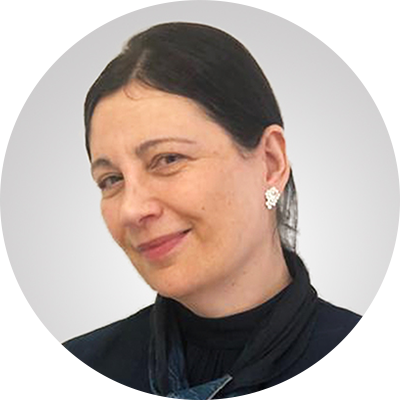Rain in the Summertime!
A novel way to keep cool in the heat.
Researchers are closer to making life in arid countries more pleasantly temperate and enhancing their water security. Believe it or not, scientists in the United Arab Emirates (UAE) are piloting using drones to kickstart storms, causing longed-for rain in their desert country.
How on earth is this possible, you may ask? The answer is that experts at the country’s National Center of Meteorology (NCM) are reviving an existing technique using a novel tweak. As Interesting Engineering details, the UAE is using drones that fly into clouds where they discharge electricity via concentrated lasers to cajole them into clumping together, kickstarting rainfall. This rain lowers temperatures and provides much-needed water.
View this post on Instagram
Cloud seeding has been around since 1946!
While this sounds like science fiction, cloud seeding, as it’s called, has actually been around for decades. It has been used in ski resorts in Colorado, for instance, to induce heavier snowfall. The UAE has invested in nine “rain enhancement” projects to date, the first eight of which involved traditional cloud seeding methods.
What’s new in 2021, is that instead of dispersing particles of chemicals like silver iodide as happens in traditional cloud seeding, the country’s weather center is, as Forbes puts it, electrocuting the air into rain with the equivalent of an atmospheric cattle prod using drones. As Vanguard.com explains, human operators on the ground direct these drones towards clouds where they unleash their electrical charges.
This technique, only used when rain-bearing cumulus cloud formations are seen over the country, is also considered a more environmentally-friendly alternative to the use of chemicals. Silver iodide has been shown to be harmful to fish and aquatic ecosystems.
Why is the UAE renewing efforts to create rainfall?
The UAE remains a country with long, hot summers that are particularly challenging for its residents. Furthermore, it sees just four inches of rainfall annually.
As Forbes journalist, Ariel Cohen, explains, the country has been hard hit by this summer’s sweltering heat, with temperatures reaching over 125 degrees Fahrenheit (51.8 degrees Celsius) in June 2021. This makes agriculture almost impossible, and sees residents dodging the climate indoors in air conditioned homes, workspaces, malls, and places of learning in a bid to sidestep the heat.
صور الرادار ثلاثية الأبعاد لحركة تكون السحب#أمطار #أمطار_الخير #استمطار #تلقيح_السحب #المركز_الوطني_للأرصاد
— المركز الوطني للأرصاد (@NCMS_media) July 21, 2021
3D Radar images of cloud formation over the area#rain #cloudseeding #national_Center_of_Meteorology pic.twitter.com/TuPBK9kU3g
According to Sky News, The NCM has carried out 126 cloud seeding flights since the beginning of 2021. It reports that countries such as China and India are also trialing this technology.
Sky News quotes Professor Giles Harrison of the UK’s University of Reading, who is working on the research: "Our project is about changing the balance of charges on the tiniest cloud droplets, a neglected aspect of clouds which could revolutionize our ability to manipulate rainfall in areas that need it most," he reveals.
Cloud seeding remains controversial for some. As Interesting Engineering observes, this technique doesn’t literally create rain. Rather, it encourages water droplets to merge over a specific region that would otherwise condense and cause rainfall in neighboring countries.
Still, this new take on cloud seeding has captivated people and policymakers in multiple countries. This is because it has the potential, in the light of climate change and its uncertainty around rainfall, to tackle drought and prevent parts of the globe from becoming uninhabitable.
Going forward, the UAE is looking into how to preserve the water that does hit the ground through cloud seeding to ensure it is collected in reservoirs to stop it evaporating or flowing off into the sea.
If drones can tackle drought for countries in a cost-effective, and practical way, there may be potentially world-changing benefits for the many regions with pressing water security concerns.
YOU MIGHT ALSO LIKE:
This New Fabric Can Keep People Cool in the Heat
Las Vegas May be First US City to Replace Decorative Grass
7 Drought-Resistant Plants for Your Backyard







